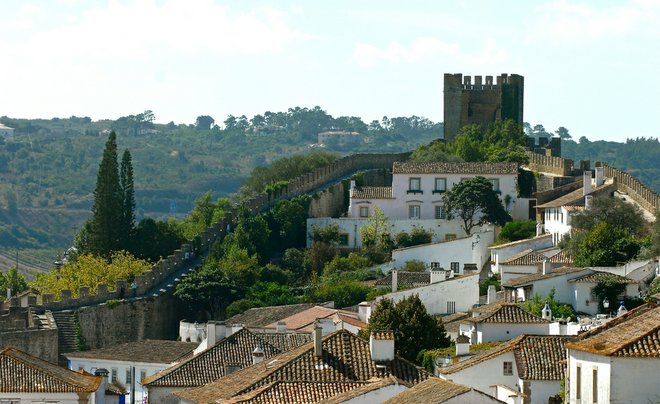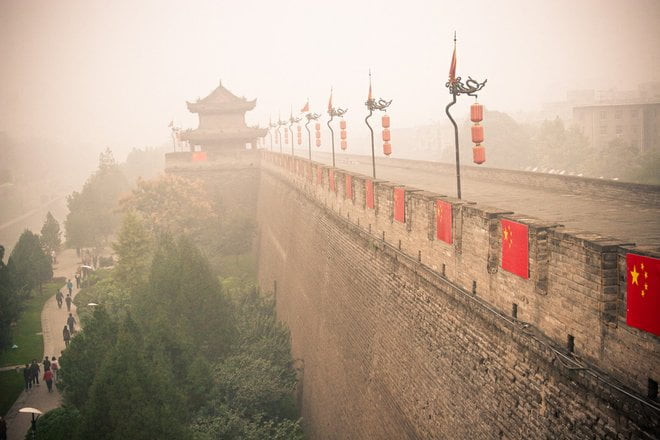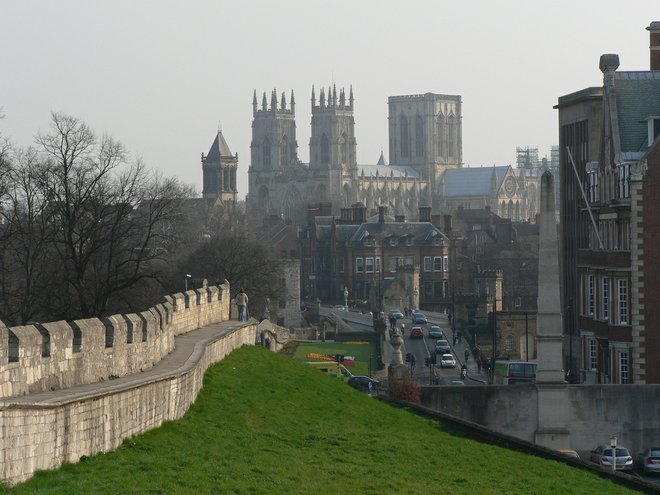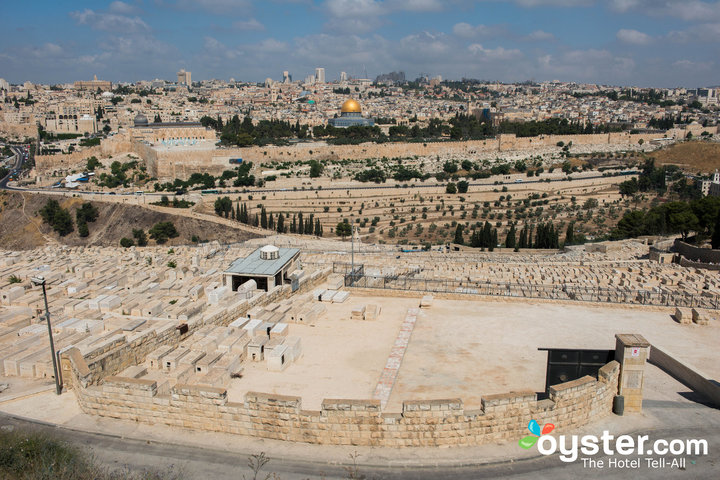
11 Gorgeous Walled Cities to Add to Your Bucket List
For many centuries, towns and cities built walls around their perimeters to defend their citizens. Today such fortifications are not necessary, but many medieval cities retain their historic barriers. For the modern traveler, these outer walls are a great vantage point to observe an entire city (your Instagram will thank you). Here are 11 such walled cities around the world that are certainly worth a trip.
1. Dubrovnik, Croatia
Courtesy of Flickr/Ivan Ivankovic
Perhaps the most famous location on this list, the city of Dubrovnik has an Old Town surrounded by a fortified wall, which protected against attacks by both land and sea. Walking its perimeter is a popular tourist activity. Be sure to visit the famous bars called buzas that are perched outside the wall, overlooking the ocean.
2. Carcassonne, France

Courtesy of Flickr/Munia Viajes
The hilltop on which this town sits has been inhabited since the Neolithic period, with the Romans, Visigoths, Crusaders, and feudal lords all occupying it over the course of centuries. The citadel was built by the Romans in the early fourth century, restored in the 19th century, and today is a UNESCO World Heritage Site.
3. Taroudant, Morocco

Courtesy of Flickr/Munia Viajes
The hilltop on which this town sits has been inhabited since the Neolithic period, with the Romans, Visigoths, Crusaders, and feudal lords all occupying it over the course of centuries. The citadel was built by the Romans in the early fourth century, restored in the 19th century, and today is a UNESCO World Heritage Site.
4. Pingyao, China

Founded in the 14th century, Pingyao is a perfectly preserved masterpiece that reflects traditional Han urban planning during the Ming and Qing dynasties. The city was the major financial center of China from the 19th to the 20th centuries.
5. Obidos, Portugal

Courtesy of Flickr/Pedro Ribeiro Simões
Like Carcassonne, Obidos has seen the rise and fall of many empires, from the Romans to the Visigoths to the Moors. The walls that stand today were built under the rule of King Denis of Portugal, some 700 years ago.
6. Itchan Kala, Uzbekistan

Courtesy of Flickr/Dan Lundberg
The walled Itchan Kala was once the site of an oasis that travelers visited before crossing the desert to Iran. Today it is part of the larger city of Khiva, Uzbekistan. Though the city has a centuries-long history, many of the monuments still standing were built between the 18th and 19th centuries.
7. Xi’an, China

Courtesy of Flickr/Alexander Savin
This historic city was one of the Four Great Ancient Capitals of China, serving as an anchor point of the Silk Road. Its protective walls were built in the 14th century under Hongwu Emperor Zhu and run for nearly nine miles.
8. York, U.K.

Courtesy of Flickr/James Preston
The city was formally founded by the Romans in the first century, with fortifications being built almost immediately. Many Roman emperors, including Hadrian, Severus, and Constantine the Great, spent time in the fortress of the city. The majority of the wall today dates to the medieval period, but remnants of Roman and Norman masonry exist, too.
9. Murten, Switzerland

Courtesy of Flickr/Katell Ar Gow
Situated between the French and German speaking regions of Switzerland, Murten is a picturesque 800-year-old town. The ring wall is the only remaining one in the country that you can walk around entirely. From its towers, visitors get great views of Lake Murten.
10. Essaouira, Morocco

Courtesy of Flickr/yeowatzup
Though the Carthaginians and the Berbers both considered the location of Essaouira to be an essential port city, the fortifications that exist today were built in the 16th century. The city was formerly named Mogador, but took the new name Essaouira in the 1960s, which means “little rampart.”
11. Jerusalem, Israel

Jerusalem has long been a walled city, but its early fortifications were destroyed during its many conquests. The current wall was built during the reign of Ottoman sultan Suleiman the Magnificent in the 16th century.
As originally published in OYSTER.com February 15, 2017



